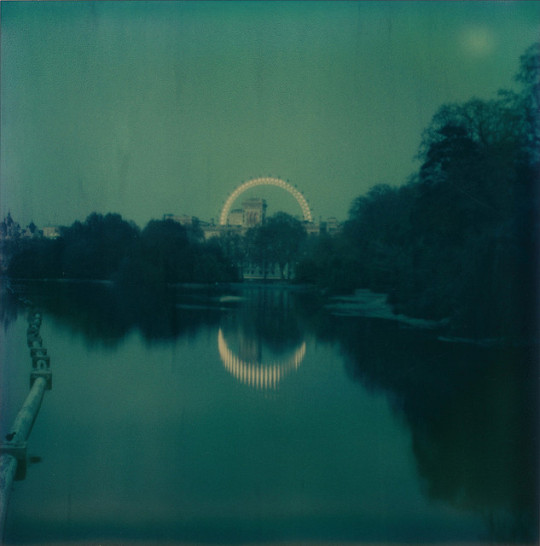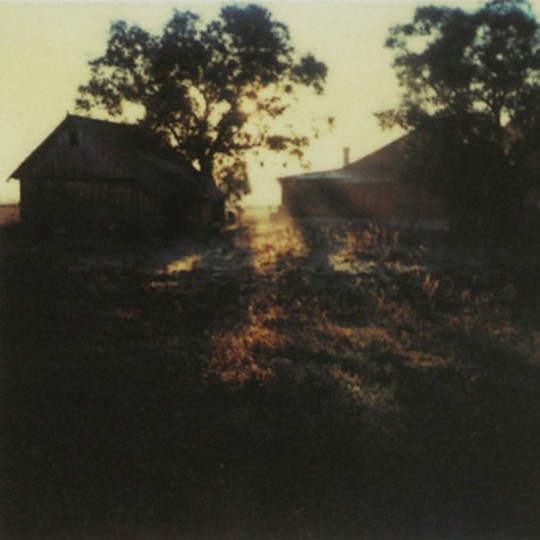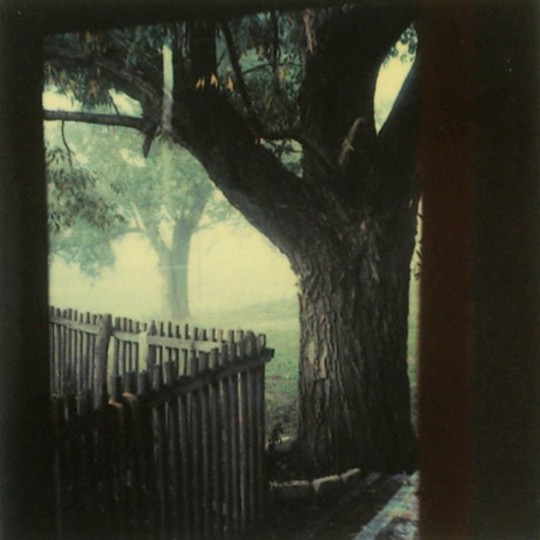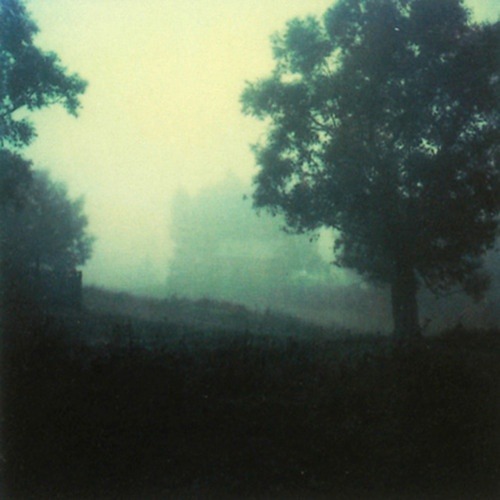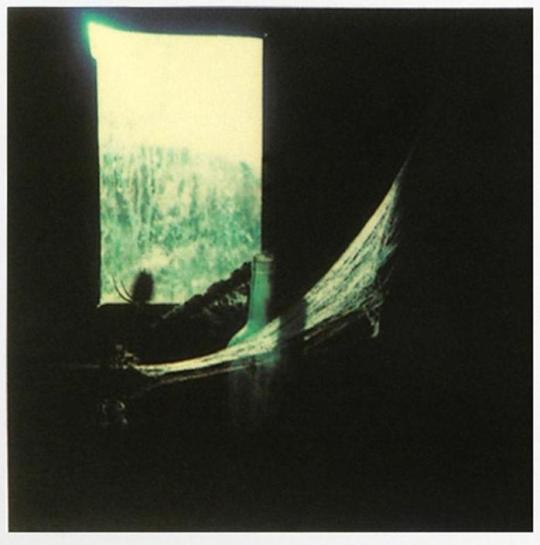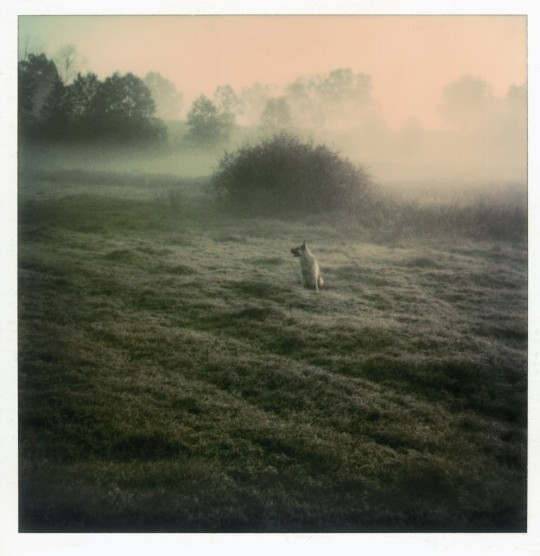Photo
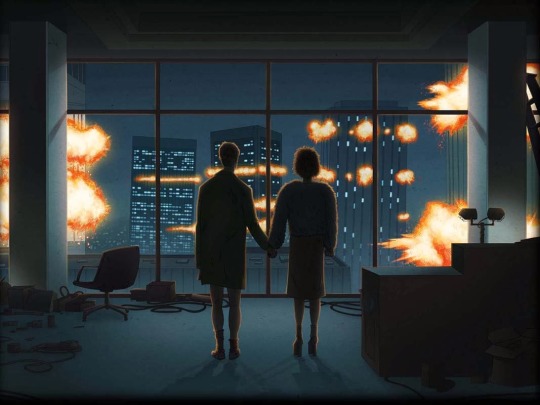
“You met me at a very strange time in my life” Fight Club (1999)
Art by M.S. Corley
90K notes
·
View notes
Text
“The art of living lies not in eliminating, but in growing with troubles.”
—
Bernard M. Baruch
(via dharmarainbow)
178 notes
·
View notes
Photo


Amor Vincit Omnia Caravaggio, Sacred Love and Profane Love Baglione, (detail)
https://twitter.com/etpuraamor
12K notes
·
View notes
Photo

Sri Yantra - Ultimate of All Mystical Diagrams.
Sri Yantra, the most powerful of all yantras. The number of yantras, each of which has a distinct form and mystic bearing of its own, is estimated to be around nine hundred sixty.
An energy pattern and power diagram, a yantra is broadly a diagrammatic transform of the deity, Shakti and Shiva in particular; this representation of the yantra, however, has a correspondingly large body of text, rendered perhaps in pursuance to the practices of early medieval days that advocated inclusion of such mantras and deity-invocations in the body of the yantra itself so that one who could not read and recite such mantras correctly could endorse them as inscribed on the yantra and be blessed with their mystic power. To a modern populace, not well-versed in ancient Sanskrit nd hardly able to correctly recite a mantra, a yantra drawn pursuing such medieval pattern is the most useful tool of achieving ‘the desired’ for it may bless the practiser with its mystic power by its mere presence in the house.
Sri Yantra consists of a square ground plan technically known as ‘bhoopura’. This ground plan is a square with four gates on four sides. A lotus-seated four-armed line-drawn icon of goddess Lakshmi anked by ‘swastikas’ enshrines the gate on the west. The entrance on the east has an inscription acclaiming that the instrument – the yantra, is the Maha-mantra of Mahalakshmi who the inscription hails as the supreme beauty in three worlds. The entrances on north and south have been defined by the fragments of the mantra-text. This outer periphery and two circles within it, which constitute the Sri Yantra’s ‘mekhala’ or girdle, are symbolic of three worlds which Maya – Cosmic Illusion, infests.
These two circles, inside the square bhoopura, are two concentric rings, the outer one consisting of sixteen lotus petals, and the inner one, of eight. The outer circle is known as ‘Sarva-shaparipuraka chakra’, and the inner one, ‘Sarva-shankshobhana chakra’. In this yantra format the inner ring has been identified as ‘Samprana chakra’. These two chakras are the principal instrument of accomplishing the ‘desired’. The true diagrammatic expanse of Sri Yantra is drawn in the circular space inside these rings in the form of fourteen triangles which create the fourth ring having hexagonal form. This hexagonal ‘chakra’, which bestows all bliss, is known as 'Sarva-saubhagyadayaka chakra’. This chakra effects spiritual elevation.
There are the fifth and the sixth chakra consisting of ten triangles each. The fifth is known as Sarvartha-sadhaka chakra, that is, all-accomplishing, and the sixth, as Sarvartha-rakshakara chakra, that is, all-protecting. These two chakras define the stage, when the inner realisation begins to unfold.
The sixth chakra is followed by the seventh, a chakra consisting of eight triangles. It has been identified as the Sarva-roga-hara chakra. It redeems not only of the maladies of physique but also of all desires and infatuations, the maladies of the mind. This denotes the stage of freedom from all earthly bonds. Now the sadhaka – practiser, arrives at the threshold of ultimate realisation. Beyond the Sarva-roga-hara chakra is the eighth, the Sarva-siddhiprada chakra, the stage where nothing remains to be accomplished and the realisation is only to be consummated. The ninth and the last of the chakras is the bindu – the dot, which is the sanctum sanctorum known in the tradition as the Sarva-anandamaya chakra. This is the stage of the ultimate union of the practicing self with the Supreme Self, the sadhaka being one with the cosmos and himself becoming the cosmos : the stage of absolute joy.
1K notes
·
View notes
Photo

Misia Slemp aka Michalina Ślemp (Polish, based Legnica, Dolnośląskie, Poland) - Mountain Witch, 2017, Drawings: Pen + Ink
86 notes
·
View notes
Text
“I wished that the sky split open (the moment when the intelligible order of known objects – that remain inherently strange – becomes a presence intelligible only to the heart). I wished, but the sky did not open. There is something insoluble about this expectation of a ferocious beast, coiled up and eaten away with hunger. Nonsense: ‘Is it God that I want to tear apart?’ As if I genuinely were a ferocious beast – still my sickness gets worse. Because I am laughing at my own hunger. I don’t want anything to eat – I would rather be eaten.”
— Georges Bataille, “Friendship“ trans. Hager Weslati in parallax 2001, vol. 7
124 notes
·
View notes
Text
“There is real magic in enthusiasm. It spells the difference between mediocrity and accomplishment.” - Norman Vincent Peale
493 notes
·
View notes

